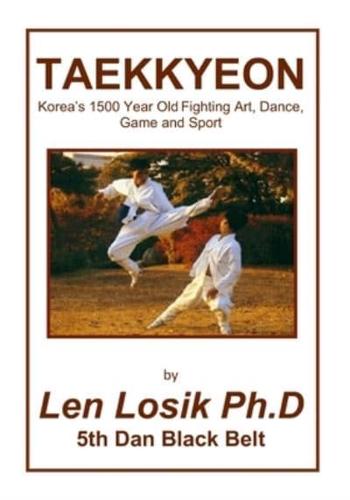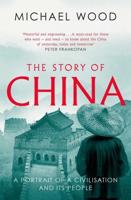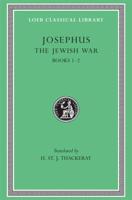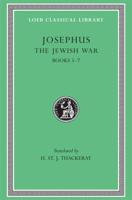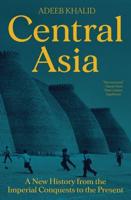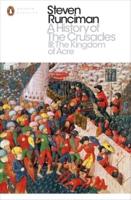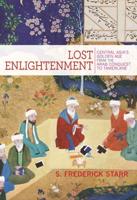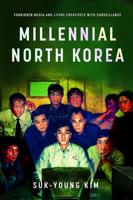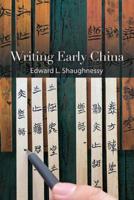Publisher's Synopsis
This is not a kick-punch book but a historical treatment from ever chnaging oral traditions for Taekkyeon as an authentic Korean fighting art (often confused with a martial art) that was developed by the people on the Korean peninsula 1500 years ago when the Tang military from across the ocean to the west of what call China today, assisted in Silla's defense and then remained in the Silla Kingdom in the 5th century for stabilizing the region. Taekkyeon players did not adopted the word "Do" because "Do" was from the Japanese who added the sophisticated and philosophical aspects of Bushido to Okinawa's Karate and without the word "Do", Taekkyeon instructors do not purport to improve the personal growth of players as is done in martial arts. Taekkyeon, as a modern day fighting art can be considered purely Korean in all aspects and not another martial art. During the Japanese colonial period, Taekkyeon was banned and nearly vanished. Fortunately Song Duk-Ki (1893-1987), the only known player of Taekkyeon in the 19th and 20th centuries as a student, player and referee and through his work, preserved the art and handed it down to modern day players. from the extensive efforts by Master Shin Han-seung (1928-1987), a resurgence in Taekkyeon practice resulted and on June 30, 1985, the first Taekkyeon game in 80 years took place in Kooduk stadium, Pusan. The author has included a year by year history of events that caused the colonization of Korea, the reason for the decline in interest in everything Korean and the development of modern Taekkyeon using modern techniques and many dozens of photos for learning the new techniques and those used in the new Yondan Shippal Soo (4th Dan 8 Hnads) Hyung/Form that was added to reduce the likelihood of Taekkyeon being lost again. The author includes modern Taekkyeon terminology in English, Hangul and Sino-Chinese, a 200 item bibliography, glossary and index for the readers convenience. The author also includes the work to get Taekkyeon accepted as Korea's national fighting art and why it wasn't chosen by Korea's martial arts community and the politics for the time that effected Korea's Grandmaster Hwang Kee, founder of the Korean Moo Duk Kwan Hwa Soo Do that also worked for many decades to resurrect Subak, another regional lost fighting art to get the Korean government to accept Moo Duk Kwan's Soo Bahk Do as Korea's national martial art and Olympic sport.
